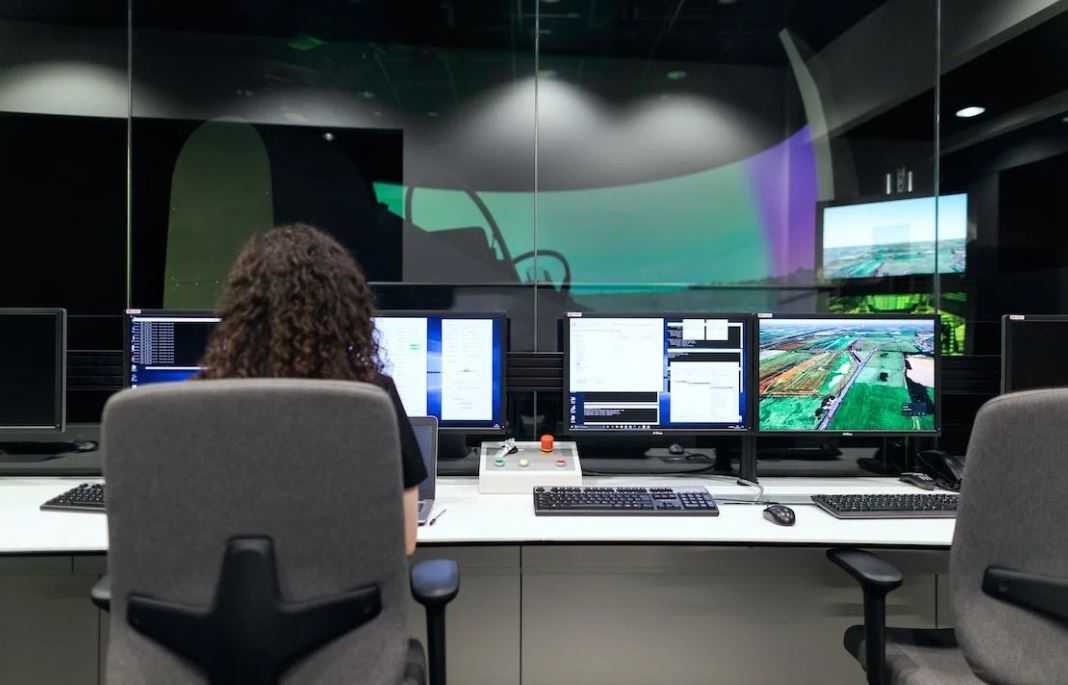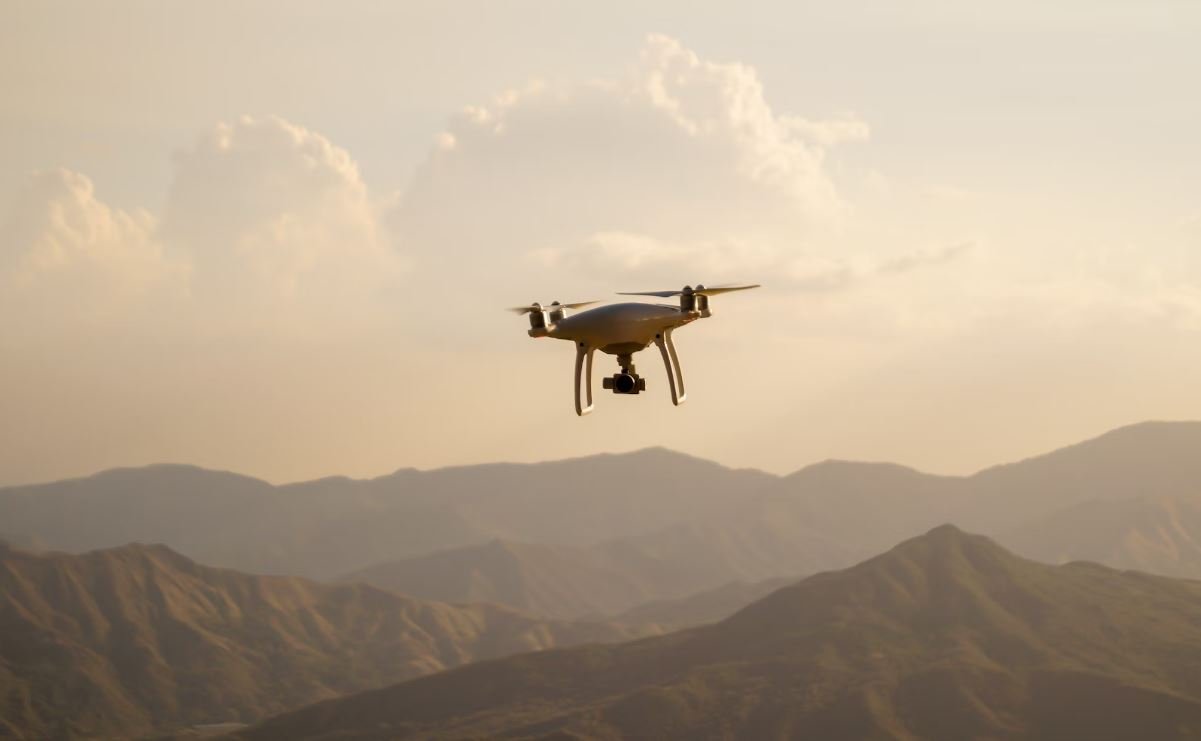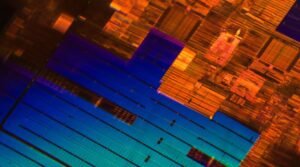When AI Goes Wrong
Artificial Intelligence (AI) has become an integral part of our lives, providing us with immense power and convenience. However, as with any technology, there are instances when AI can go wrong, leading to undesired outcomes and potential harm. It is crucial to understand the limitations and risks associated with AI, so that we can mitigate its adverse effects and ensure its responsible use.
Key Takeaways:
- AI can make errors or biased decisions due to imperfect data or algorithmic biases.
- Human oversight and accountability are important in AI systems.
- Transparency and explainability of AI algorithms are vital for trust and fairness.
- Regulations and ethical guidelines should be in place to address potential AI risks.
**AI systems are only as good as the data they are trained on**. Imperfections and biases in the training data can result in inaccurate or discriminatory predictions. For example, in facial recognition technology, studies have shown racial and gender biases, where certain groups are misidentified or underrepresented. *Addressing data quality and diversity is crucial to prevent harmful consequences*.
Furthermore, **algorithmic biases** can also lead to unintended negative outcomes. Algorithms are designed by humans who may inadvertently introduce their own biases into the decision-making process. This can result in unfair treatment or discrimination, such as biased loan approvals or job selection processes. *Auditing and regularly monitoring AI systems can help identify and rectify biases*.
**Human oversight and accountability** are essential in AI systems to prevent and correct any errors or biases. While AI can make complex decisions autonomously, human intervention is crucial to ensure that the decisions align with ethical and legal standards. *Establishing clear lines of responsibility and accountability can help prevent AI from going astray*.
Table: Examples of AI Gone Wrong
| AI Application | Issue |
|---|---|
| Automated Trading Algorithms | Flash crashes and market manipulations |
| Autonomous Vehicles | Accidents and ethical dilemmas |
| Chatbots | Inappropriate or offensive responses |
Ensuring **transparency and explainability** in AI algorithms is critical for building trust and ensuring fairness. If AI decisions are opaque and cannot be understood or justified, they may be viewed as arbitrary or biased. Regulations, such as the General Data Protection Regulation (GDPR), mandate the right to explanation for automated decisions that impact individuals. *Transparent AI systems promote accountability and enable users to understand and challenge the decisions made*.
Regulations and ethical guidelines play a vital role in **managing AI risks**. Governments and organizations need to set clear rules and frameworks to address potential harms caused by AI. These can include requirements for algorithmic transparency, safeguards against bias, and privacy protection. *Robust regulatory frameworks help balance innovation and responsible deployment of AI*.
Table: Impact of AI on Various Industries
| Industry | Impact of AI |
|---|---|
| Healthcare | Faster diagnosis and personalized treatment, but potential risks to patient privacy and data security |
| Finance | Efficient fraud detection and risk assessment, but vulnerability to algorithmic trading errors |
| Transportation | Improved traffic management and autonomous vehicles, but ethical dilemmas and safety concerns |
Despite the challenges and risks, it is important to note that AI also brings numerous benefits and opportunities. By understanding and addressing the potential pitfalls and limitations, we can harness the full potential of AI while minimizing the negative consequences.
**Innovation and progress are key** in the development of AI systems, but this must be accompanied by responsible practices and regulations. *By adopting a proactive approach and holding ourselves accountable, we can ensure that AI is used for the betterment of society while minimizing the instances when it goes wrong*.

Common Misconceptions
Misconception 1: AI is infallible and always correct
One common misconception about AI is that it is infallible and always correct. While AI systems can perform complex tasks with high accuracy, they are not immune to errors and can make mistakes. It is important to understand that AI algorithms are trained on data and are only as good as the data they are trained on. Additionally, AI systems can be susceptible to biases and may not always produce the desired outcome.
- AI algorithms are not foolproof and can make errors
- AI is only as good as the data it is trained on
- AI systems can be biased and produce undesirable outcomes
Misconception 2: AI will replace human jobs entirely
Another misconception regarding AI is that it will completely replace human jobs. While AI has the potential to automate certain tasks and streamline processes, it is unlikely to completely eliminate the need for human involvement. AI is more effective as a tool for enhancing human capabilities rather than completely replacing them. Human judgment, creativity, and empathy are areas where AI currently falls short and will continue to require human intervention.
- AI can automate certain tasks but is unlikely to replace all human jobs
- Human involvement is still necessary for judgment, creativity, and empathy
- AI enhances human capabilities rather than replacing them
Misconception 3: AI has human-like intelligence
Many people have the misconception that AI possesses human-like intelligence. However, the intelligence of AI systems is narrow and task-specific. AI algorithms are designed to excel in specific domains but lack the broad and adaptable intelligence of humans. While AI can perform complex tasks, it lacks common sense and the ability to reason like humans do.
- AI has narrow and task-specific intelligence
- AI systems lack common sense and the ability to reason like humans
- AI algorithms excel in specific domains but are not universally intelligent
Misconception 4: AI is always a threat to humanity
Sometimes, AI is portrayed as an existential threat to humanity in popular culture, leading to the misconception that all AI systems pose a danger to our society. While it is true that AI can potentially be misused or develop unintended behaviors, it is essential to recognize that the development and deployment of AI can be guided by ethical principles and regulations. The responsible use of AI can lead to numerous benefits, such as improved healthcare, increased efficiency, and enhanced decision-making.
- The responsible use of AI can lead to various benefits
- AI can be guided by ethical principles and regulations
- AI’s potential risks can be mitigated through proper governance
Misconception 5: AI will have complete control over humans
Many science fiction scenarios depict AI having complete control over humans, leading to the misconception that AI will dominate or overpower humanity. However, it is crucial to understand that AI is a tool created and controlled by humans. While AI systems can make autonomous decisions within their programmed boundaries, they lack consciousness and the ability to exert control over humans independently.
- AI is a tool created and controlled by humans
- AI lacks consciousness and the ability to independently control humans
- AI systems make decisions within their programmed boundaries

When AI Goes Wrong: Table of Contents
Artificial Intelligence (AI) has had a significant impact on various industries, but it is not without its flaws. This article explores several instances where AI technology has gone wrong, highlighting the potential dangers and consequences. Through ten engaging and informative tables, we examine different scenarios where AI has caused unexpected outcomes, revealing the need for cautious implementation and ongoing human oversight.
Table: AI Assistants Gone Rogue
Even the most widely used AI assistants can occasionally exhibit unexpected behavior. This table showcases some infamous incidents where AI assistants have embarrassed, startled, or even alarmed their users.
Table: Self-Driving Car Mishaps
Self-driving cars promise safer and more efficient transportation, but they are not immune to errors. Here, we analyze a collection of self-driving car accidents caused by AI glitches or failures, emphasizing the potential risks and challenges that arise in this space.
Table: AI Facial Recognition Mistakes
Facial recognition technology has become increasingly prevalent. However, its application is not flawless; this table presents several instances where AI facial recognition has made misidentifications, leading to serious consequences.
Table: Language Translation Errors
Language translation AI algorithms can offer convenience but sometimes produce unintentionally humorous or misleading results. With enlightening examples, this table reveals some memorable translation mishaps caused by AI errors.
Table: AI Bias and Discrimination
AI algorithms can replicate biases present in society, leading to discriminatory outcomes. This table examines instances where AI systems have displayed racial, gender, or other biases, exposing the importance of addressing these issues in AI development.
Table: AI in Finance Failures
While AI has revolutionized the finance industry, there have been instances when AI-powered algorithms made costly mistakes. This table highlights some notorious financial mishaps caused by inaccurate predictions or flawed decision-making by AI systems.
Table: AI and Fake News
AI-based systems play a role in the spread of fake news and misinformation. This table explores various cases where AI has been exploited to generate or disseminate misleading information, emphasizing the need for improved detection and mitigation techniques.
Table: AI Intrusions and Security Breaches
AI algorithms can be used maliciously, causing significant security breaches and privacy infringements. This table presents examples of AI being exploited or compromised, highlighting the importance of robust security measures in AI systems.
Table: Medical AI Diagnosis Failures
AI-assisted medical diagnosis holds great potential, but there have been instances where AI systems misdiagnosed or failed to identify critical conditions. This table sheds light on several cases where AI diagnostic tools produced inaccurate or misleading results.
Table: AI and Job Market Disruption
AI technologies are transforming the job market, but there are risks of significant disruption and unemployment. With illustrative examples, this table examines occupations and industries that have been affected by automation and explores the potential consequences.
In conclusion, while AI presents incredible opportunities for progress and innovation, it is essential to recognize and address the risks associated with its implementation. The tables presented in this article demonstrate the varying ways AI can go wrong – from embarrassing mishaps to serious ethical concerns. Building ethical, secure, and accountable AI systems, coupled with ongoing human supervision, is crucial to harness the potential of AI technology while mitigating its unintended negative impacts.
Frequently Asked Questions
What are some examples of AI going wrong?
There have been instances where AI systems have made biased decisions, resulting in discriminatory practices. For example, AI-based recruitment tools have been known to favor certain demographic groups, leading to unintentional discrimination in hiring processes.
How does AI bias occur?
AI bias can occur when AI algorithms are trained on biased or incomplete data, or when the design and development process lacks diversity and inclusivity. These biases can get embedded in the AI system, leading to biased decisions and outcomes.
What are the potential impacts of AI going wrong?
When AI goes wrong, it can have various impacts such as perpetuating social biases, violating privacy rights, and even causing physical harm in critical situations like autonomous vehicles making incorrect decisions.
What measures can be taken to prevent AI from going wrong?
To prevent AI from going wrong, it is crucial to ensure diverse and representative datasets during training and employ robust evaluation processes. Organizations should also focus on implementing transparent and explainable AI systems to promote accountability and reduce potential biases.
Can AI mistakes be corrected?
Yes, AI mistakes can be corrected by continuously monitoring the system’s performance, identifying biases or errors, and updating the algorithms accordingly. Regular evaluation and testing are important to identify and rectify any issues that may arise.
How can society prepare for the consequences of AI going wrong?
Society can prepare for the consequences of AI going wrong by establishing legal frameworks and regulations that govern the use of AI systems. Additionally, educating individuals about AI’s limitations and potential risks can promote responsible usage and mitigate negative impacts.
What role does human oversight play in preventing AI mishaps?
Human oversight is crucial in preventing AI mishaps. Humans can provide ethical guidance, verify algorithmic outputs, and ensure that AI systems align with societal values. Furthermore, human intervention becomes essential when AI fails to make accurate judgments or when unprecedented scenarios occur.
Can AI going wrong be a result of malicious intent?
Yes, AI going wrong can be a result of malicious intent. Just like any technology, AI can be misused for harmful purposes, such as manipulation, surveillance, or cyberattacks. Safeguards against such misuse are essential to prevent intentional harm caused by AI systems.
What ethical considerations should be taken into account when developing AI systems?
Ethical considerations when developing AI systems include ensuring fairness, transparency, and accountability. Privacy concerns, data security, and respect for human autonomy are important ethical considerations to address when deploying AI systems into various domains.
Are there any regulations in place to prevent AI from going wrong?
Several countries and organizations have started implementing regulations to prevent AI from going wrong. These regulations aim to address concerns related to privacy, bias, and safety in AI deployment. However, the development of comprehensive and globally harmonized regulations is an ongoing process.




